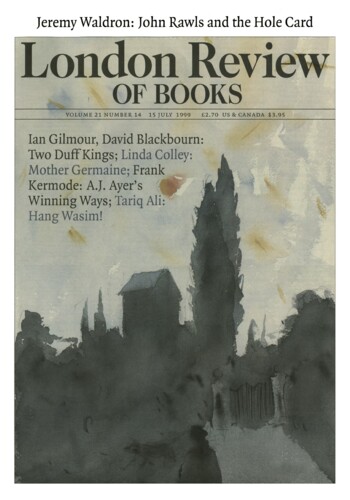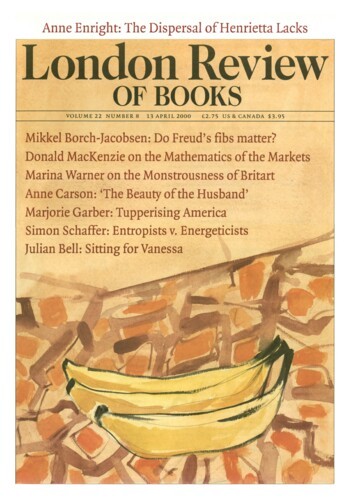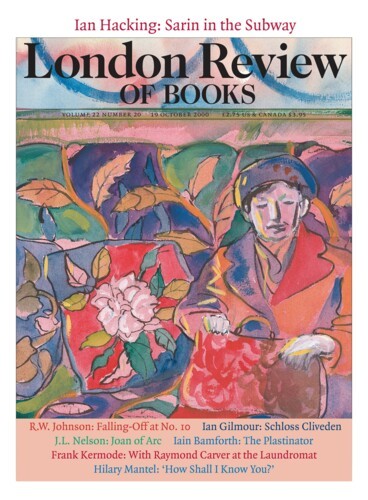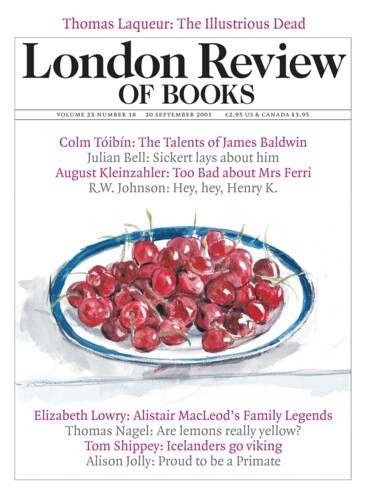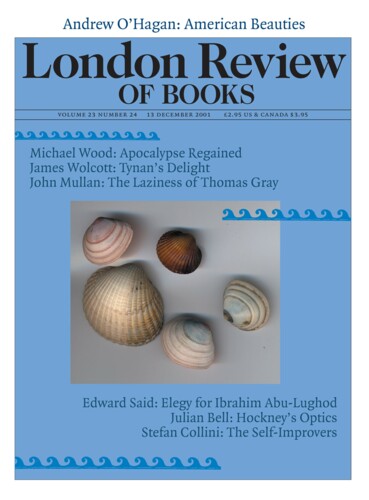‘What are you doing staring at that fake from Aix?’: Rembrandt
Julian Bell, 15 July 1999
With Rembrandt, as with other totem figures of the arts (Shakespeare, Mozart), longstanding reverence from fellow practitioners coincides with immediate appeal to the community at large. In Rembrandt’s case this appeal comes chiefly from his treatment of the human figure, in his portraits especially, and above all, the self-portraits he painted in his old age. In the current exhibition in the National Gallery basement, seventy-odd likenesses of the artist have been brought together. Its central hall, holding more than a dozen of the late self-portraits, compactly presents the case to be made for Rembrandt.
